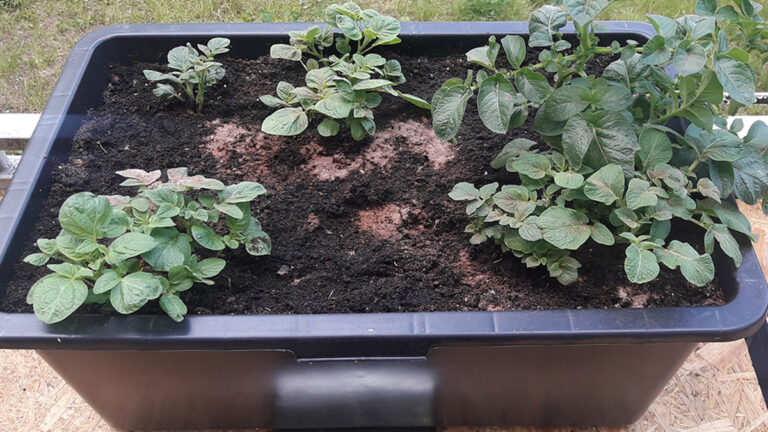Physical Address
304 North Cardinal St.
Dorchester Center, MA 02124
Physical Address
304 North Cardinal St.
Dorchester Center, MA 02124
Detailed cheasheets and to the point information and guides about different tech and programming topics.

This article is a comparison chart and also a technical reference sheet which integrates provenance, algorithmic variants and engineering pragmatic factors (speed, memory, scope, etc.) of several popular Sorting Algorithms. Use this article as an advanced technical reference.

You don't need a big plot of land to grow carrots, radishes, leafy greens and other vegetables, as a matter of fact you don't need any land!, you can grow a surprisingly large amount of these edible plants and onions just using jars, pots, half-barrels and other small containers. This tutorial will guide you through the process in a friendly and easy to follow manner.

You don't need a big plot of land to grow garlic and onions, as a matter of fact you don't need any land!, you can grow a surprisingly large amount of garlic and onions just using jars, pots, half-barrels and other small containers. This tutorial will guide you through the process in a friendly and easy to follow manner.

You don't need a big plot of land to grow potatoes, as a matter of fact you don't need any land!, you can grow a surprisingly large amount of potatoes just using jars, pots, half-barrels and other small containers. This tutorial will guide you through the process in a friendly and easy to follow manner.

This tutorial will guide you through the fun and rewarding process of growing food in small containers. From potatoes, garlic and onions, to carrots and even leafy greens. Learn the grow cycles, the soil requirements and the different setups for indoor and outdoor planting.

Whether you are a new programmer or brushing up on fundamentals, this guide will help you understand these essential algorithms in a clear, tutorial-friendly way. From sorting, searching, graphing and cryptography to dynamic programming, greediness and machine learning algorithms.

The ultimate, easy to read and understand guide and reference sheet to Vitamins. From the Role in the boy and the Recommended daily intakes, to the Food sources providing them and warnings about toxicity and other risks.

The ultimate, easy to read and understand guide and reference sheet to Essential Minerals & Electrolytes. From the Role in the boy and the Recommended daily intakes, to the Food sources providing them and warnings about toxicity and other risks.

The ultimate, easy to read and understand guide and reference sheet to Key Nutrients, Antioxidants & Phytochemicals. From the Role in the boy and the Recommended daily intakes, to the Food sources providing them and warnings about toxicity and other risks.

The objective of this guide is to help and guide you to successfully create your own fully edible, near-closed-loop Edible Indoors Garden using techniques that range from hydroponics and vertical stacks, to microgreens and algae thanks: plant potatoes, seeds, legumes, leafy green, mushrooms and much more fully indoors.